Outline of Presentation
- Office of the Correctional Investigator
- Indigenous Corrections in Canada: Context, Profile and Outcomes
- Issues of Concern
- Directions for Reform
Role and Mandate
Mission Statement
“As the ombudsman for federally sentenced offenders, the Office of the Correctional Investigator serves Canadians and contributes to safe, lawful and humane corrections through independent oversight of the Correctional Service of Canada by providing accessible, impartial and timely investigation of individual and systemic concerns.”
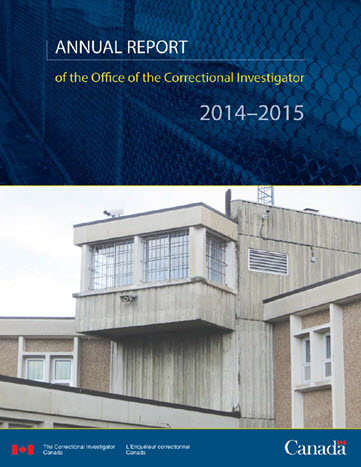
Powers and Authorities
Correctional Investigator has the authority:
- To commence an investigation: i) on receipt of a complaint; ii) at the request of the Minister; iii) on own initiative.
- To determine when and how an investigation will be commenced, conducted and terminated.
- To conduct hearings, make inquiries, and/or summon and examine, on oath, individuals that may have information relevant to the investigation being conducted.
- To access any and all CSC information/documents in relation to an investigation
- To enter and inspect any premises under the control and management of the CSC.
Prison Visits
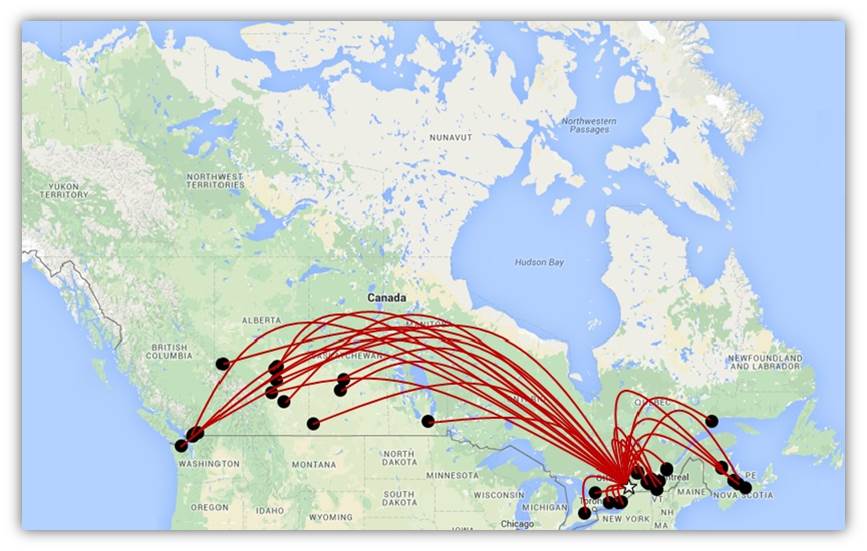
Top 10 Areas of Complaint by Indigenous Offenders
Category | # | % |
|---|---|---|
Conditions of confinement | 100 | 14.03% |
Health Care | 94 | 13.18% |
Staff | 53 | 7.43% |
Cell Effects | 42 | 5.89% |
Transfer | 28 | 3.93% |
Mental Health | 27 | 3.79% |
Telephone | 25 | 3.51% |
Parole Decisions | 24 | 3.37% |
Administrative Segregation | 21 | 2.95% |
Visits | 21 | 2.95% |
Federal Corrections in Context
$111,202
Average Annual Cost of Incarcerating a Male Inmate
(Women Inmates cost twice as much)
1 in 4
inmates are Indigenous
(36% of women inmates are Indigenous)
1 in 4
inmates are over the age of 50
1 in 5
inmates are serving a life sentence
Almost 60%
of inmates are classified as medium security
More than Half
of all women inmates have an identified mental health need
(compared to 26% of male inmates)
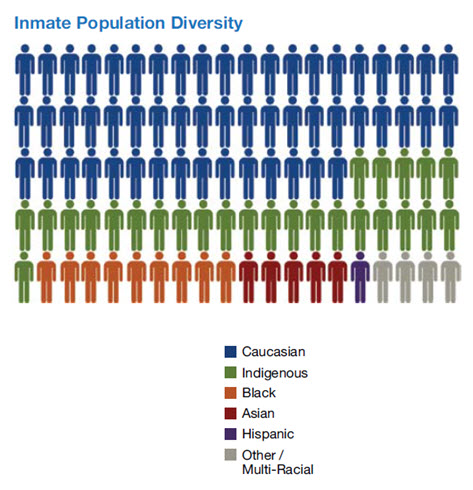
Federal Inmate Population Distribution
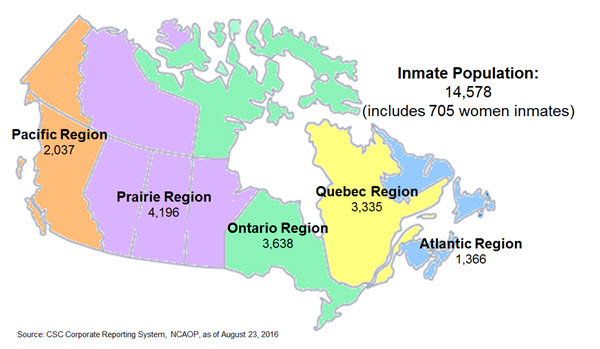
Aboriginal Federal Offender Profile
Compared to non-Aboriginal offenders, Aboriginal inmates are:
- Younger (medium age is 27)
- Less formally educated
- More likely to present a history of substance abuse, addictions and mental health concerns
- More likely to be incarcerated for a violent offence
- More likely to have served previous youth and/or adult sentences
- Disproportionately from backgrounds of domestic, physical and/or substance abuse
- More likely to be gang affiliated
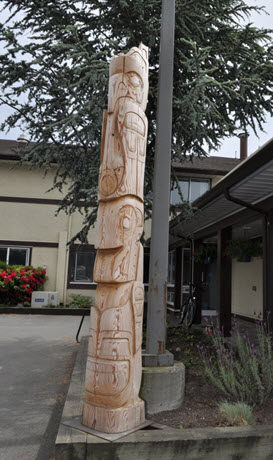
Indigenous Peoples in Federal Corrections
- 36.9% of Federally Sentenced Women inmates are Aboriginal
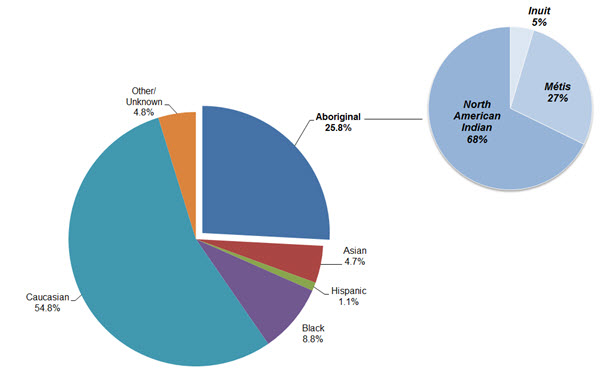
Indigenous Women
Carceral Experience
- Indigenous women accounted for 26% of all self-injurious incidents in FY 2015-2016.
- Compared to their non-Indigenous counterparts, Indigenous women are:
- More likely to be classified as Maximum security.
- More likely to be admitted to administrative segregation.
Indigenous Social History
- Over half of Indigenous women offenders report having attended or had a family member attend a residential school.
- 48% of Indigenous women had been removed from their family home.
- Almost all Indigenous women offenders report previous sexual/ physical abuse and substance miss-use.
Correctional Outcomes
- Indigenous inmates (male and female):
- Serve a higher proportion of their sentence prior to first release.
- Are more likely to be released on Statutory release.
- Are more likely to be revoked and returned to custody.
- Compared to their non-Indigenous counterparts, Indigenous women inmates are:
- More likely to be considered high risk and high need.
- More likely to be classified as having a low reintegration potential.
Outcomes Gap
Gaps in correctional outcomes for Aboriginal offenders continue to widen:
- Classified as higher risk and higher need in categories such as employment, community reintegration, substance abuse and family supports.
- Released later in their sentence (lower parole grant rates), most at Statutory Release (2/3) or Warrant Expiry dates.
- Over-represented in segregation and maximum security populations.
- Disproportionately involved in use of force interventions and prison self-injury.
- More likely to return to prison on revocation of parole.
- More likely to be gang-affiliated.
- Under-represented in community supervision population.
30% of Admissions to Administrative Segregation are Aboriginal Inmates
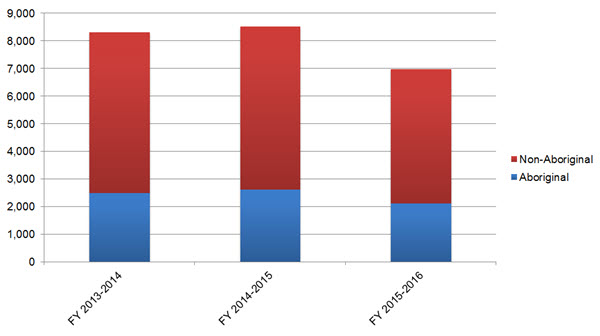
Use of Force Incidents in the Prairie Region Increased by 88% Over the Last Decade Compared to a 50% Increase Overall
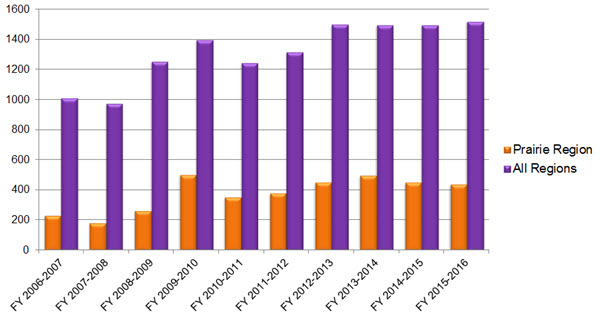
Compared to Non-Indigenous Inmates, Indigenous Inmates are Over-represented in Maximum Security Populations
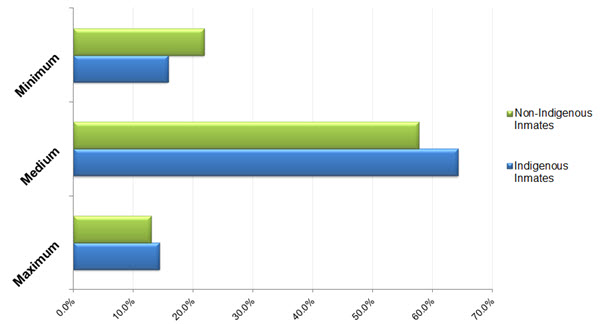
Issues of Concern
- Under use of Aboriginal specific legal provisions
- Uneven application of Gladue factors
- Need for enhanced governance and accountability
- Role of Indigenous Elders in federal corrections
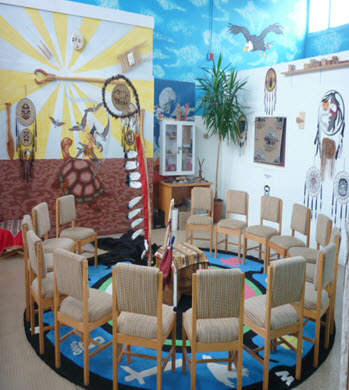
Aboriginal Specific Legal Provisions
Corrections and Conditional Release Act :
Section 80 – the Service shall provide programs designed particularly to address the needs of Aboriginal offenders
Section 81 – agreements to transfer care and custody of Aboriginal offenders to Aboriginal communities
Section 82 – Establishes a National Aboriginal Advisory Committee
Section 83 – Aboriginal spiritual leaders and Elders have the same status as other religions/other religious leaders
Section 84 – Allows for Aboriginal community involvement in release planning of an Aboriginal offender
Aboriginal Social History: Gladue
"To be clear, courts must take judicial notice of such matters as the history of colonialism, displacement, and residential schools and how that history continues to translate into lower educational attainment, lower incomes, higher unemployment, higher rates of substance abuse and suicide, and of course higher levels of incarceration for Aboriginal peoples."
(R. v. Ipeelee, SCC 13 2012)
Corrections: A Gladue Profile
Based on a sample of 316 Aboriginal men offenders enrolled in the Aboriginal Offender Substance Abuse Program:
- Half indicated that they had been in the care of the child welfare system – 71% had spent time in foster care and 39% in a group home.
- 61% had family members who had spent time in prison.
- 73% reported a familial history of involvement with the residential school system; 18% said they themselves were residential school survivors.
- Almost all (96%) indicated that substance use was related to their current offence; 85% reported they were under the influence at the time of their offence.
- 88% reported they had a family member with an alcohol or drug addiction.
Some Good News Stories
- Increase in ETAs and UTAs for Aboriginal offenders to participate in cultural activities and to maintain community contact.
- Aboriginal offenders are accessing their first program quickly and successfully completing Aboriginal-specific programs.
- The percentage of Aboriginal offenders who received vocational training prior to their first release increased to 61% from 52% in the period between FY 2009/10 and FY 2013/14.
- Fewer overrides to higher security levels.
- Aboriginal offenders participating in the Pathways Initiative are less likely to be involuntarily segregated, incur institutional charges and involved in security incidents.
- The number of Aboriginal offenders returning to their community is beginning to increase.
Directions for Reform
- Culturally appropriate and gender-specific assessment tools
- Deputy Commissioner for Aboriginal Corrections
- Truth and Reconciliation Commission’s (TRCs) “Calls to Action” for corrections.
- Strengthen Elder support framework
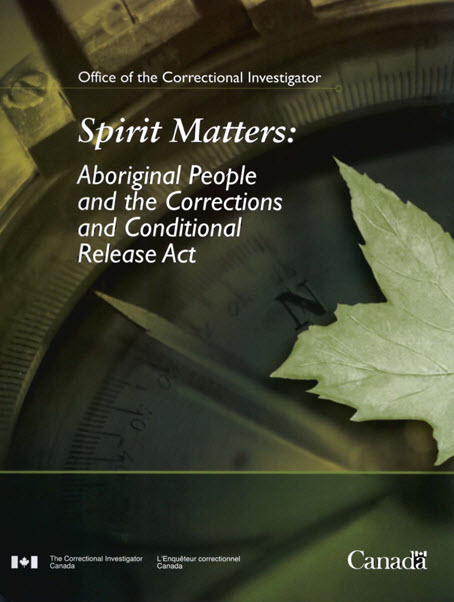
Truth and Reconciliation Commission Calls to Action
On December 18, 2015 the Truth and Reconciliation Commission issued its final report “Honouring the Truth, Reconciling for the Future”.
Recommendation 30:
We call upon federal, provincial, and territorial governments to commit to eliminating the overrepresentation of Aboriginal people in custody over the next decade, and to issue detailed annual reports that monitor and evaluate progress in doing so.
Recommendation 31:
We call upon the federal, provincial, and territorial governments to provide sufficient and stable funding to implement and evaluate community sanctions that will provide realistic alternatives to imprisonment for Aboriginal offenders and respond to the underlying causes of offending.
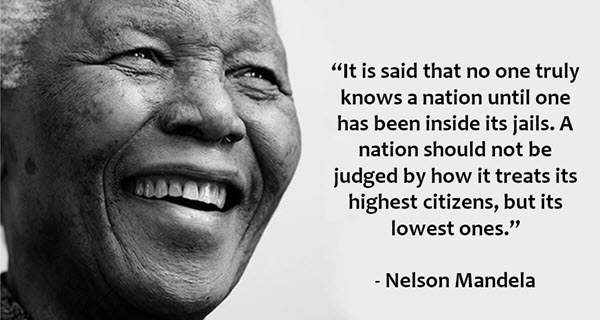
Photo of Nelson Mandela - “It is said that no one truly knows a nation until one has been inside its jails. A nation should not be judged by how it treats its highest citizens, but its lowest ones.” - Nelson Mandela
Date modified
2016-11-28

